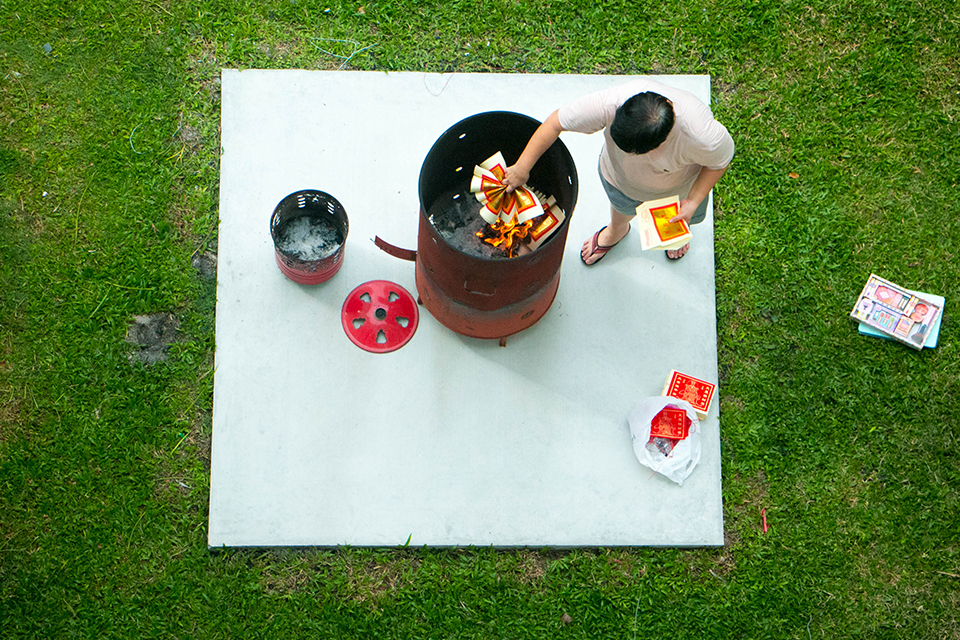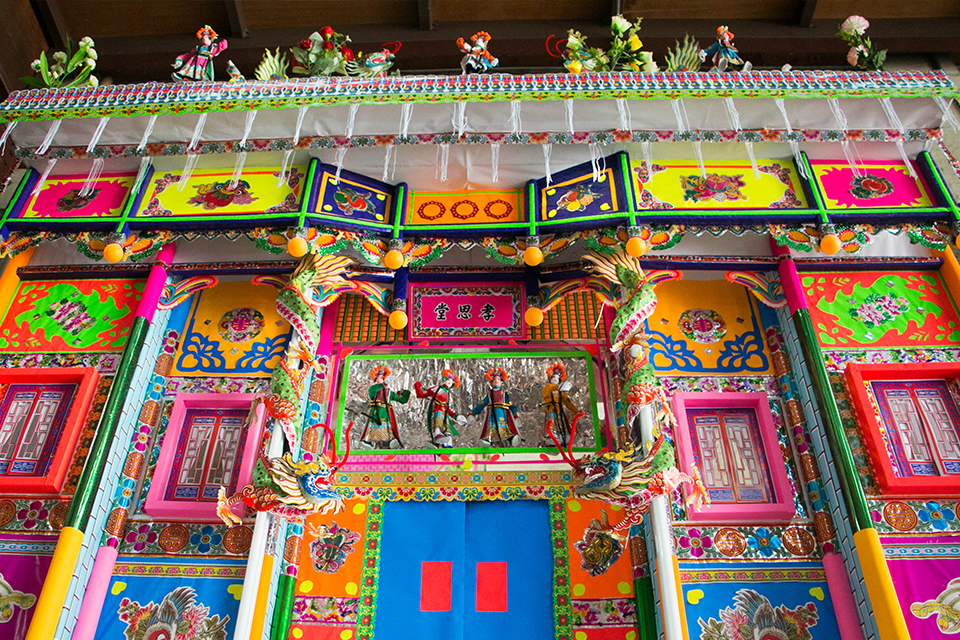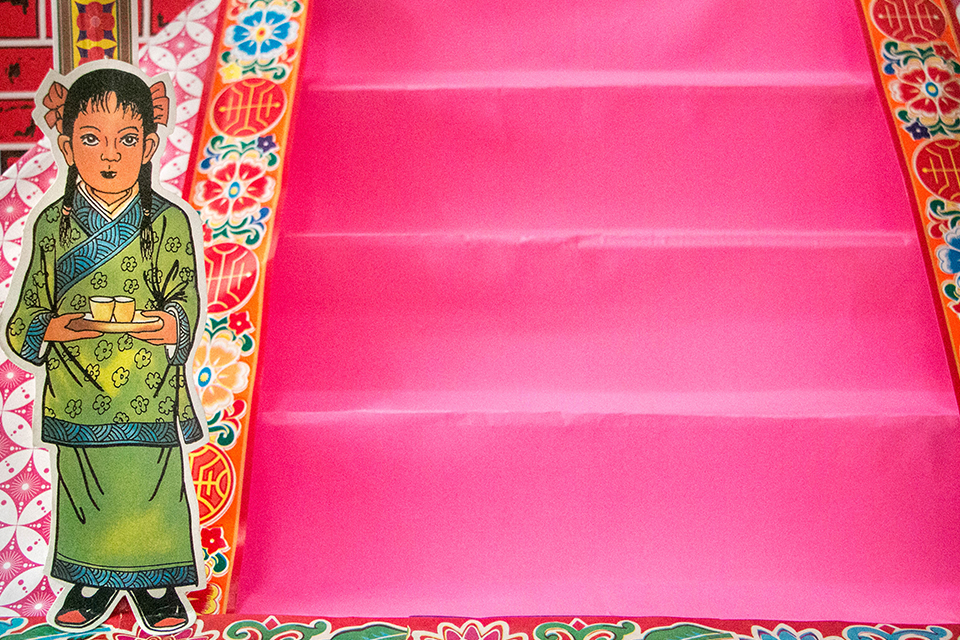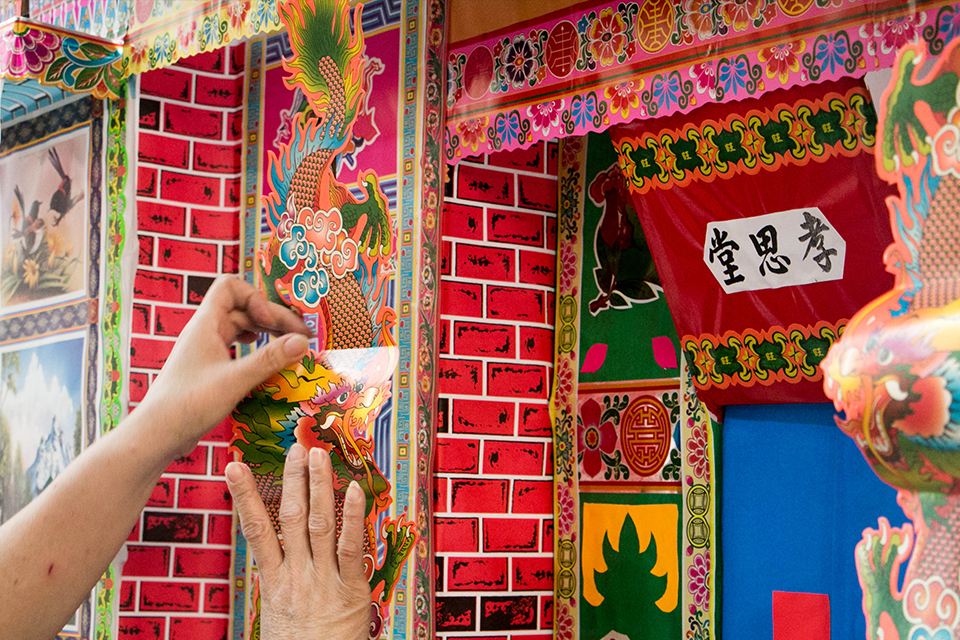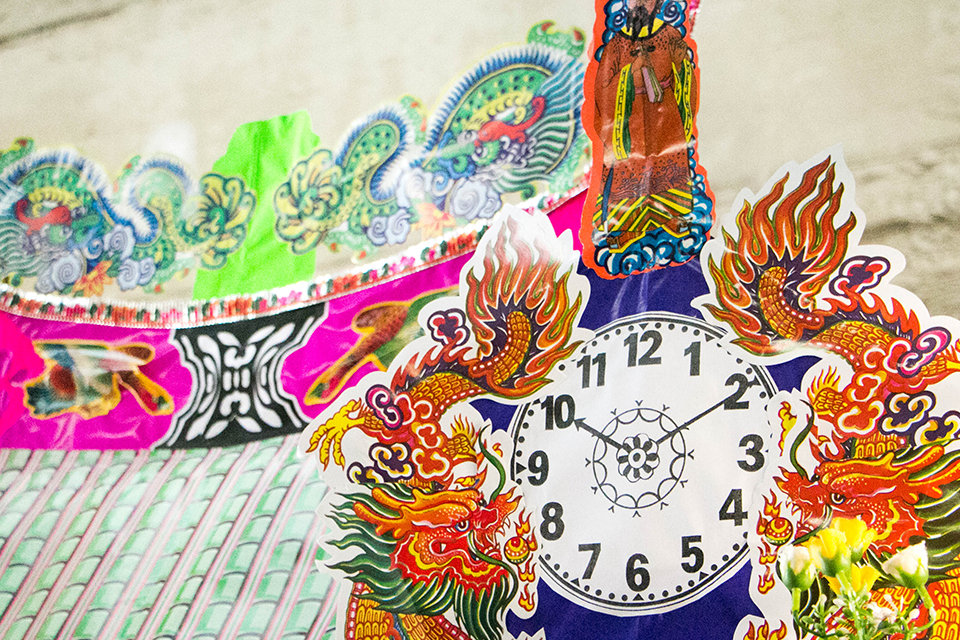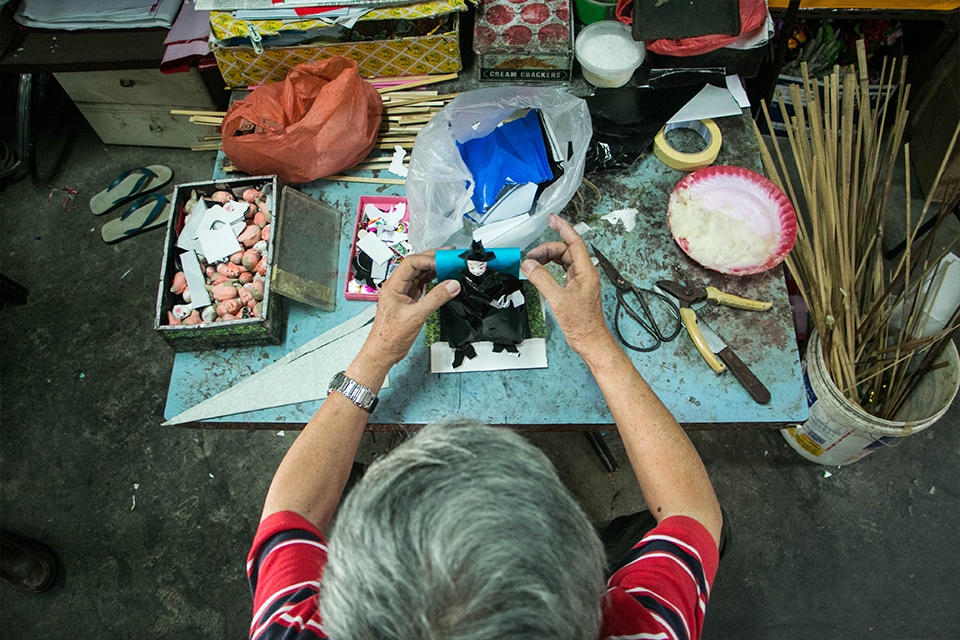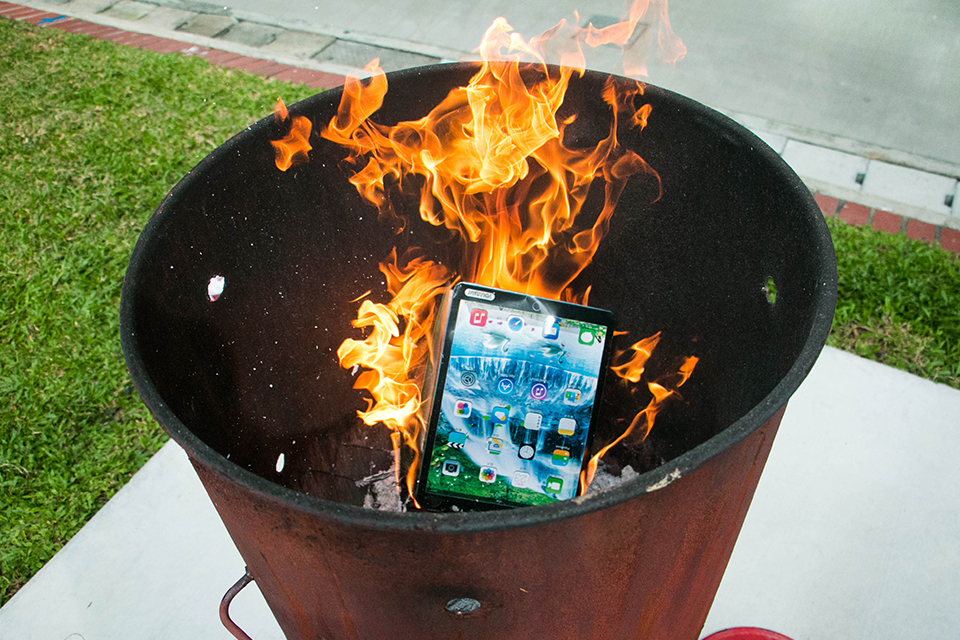For a better viewing experience of this photo essay, visit Exposure.
* This article has been amended to remove a quote from an interviewee who does not want to be named.
A ritual practiced by many ethnic Chinese in Singapore, China, Taiwan, Hong Kong and Malaysia, the veneration of ancestors through burning offerings is common during Chinese New Year, Ching Ming Festival and Hungry Ghost Festival.
The UrbanWire goes behind the scenes to gain a deeper insight into this centuries-old holiday tradition.
While the tradition of burning offerings dates back to 2500 years ago in China[2], few today have a clear understanding of the history and significance of it.
Mdm Lim Bee Luan, 56, confessed that she is “not exactly sure how it came about” despite having burnt offerings regularly for over 20 years. The housewife said: “It’s just something that our great-grandparents, grandparents and parents did. We just follow.”
Despite not understanding the origins of the practice, many have formed their own interpretations of the custom and found meaning in it.
They believe that the burnt offerings will materialize in the afterlife, allowing the deceased to receive them. As such, items such as houses, cars, and even servants are burnt to provide the departed with a comfortable environment in the afterlife.
Mdm Lim said: “The house is the most important item. The person who has departed must have a house to stay in, if not he will be subjected to harsh weather conditions or be forced to rent a house from someone.”
Co-owner of Associated Handicraft Co, an old trade that makes paper offerings for the dead, 54-year-old Mdm Toh Geok Kian said: “Although there isn’t any special meaning behind the decorations, we would paste designs that are more auspicious; like dragons, lotus flowers and even storks. These are symbols of good luck that a lot of people wish will bring fortune to their ancestors.”
Her co-owner Toh Kiah Cheng said: “I think out of all the decorations, only two have a meaning (behind them). The first one is the clock. The clock will always be in this position to show a smiling face. This is to hope that the ancestor is smiling in the afterlife.”
The 64-year-old added: “The second one is the paper effigy sitting inside the house that is to be burnt. The effigy symbolizes the person that the house belongs to in the afterlife. If it isn’t inside, the person cannot receive the house. At the same time, we also need to include a deed for the him to collect the house in the afterlife. Without these, all the effort in burning the house will be wasted.”
While the house is considered necessary by most and is burnt regularly over the years, the ancient practice of burning paper offerings has developed a modern twist. According to an article on British newspaper dailymail.co.uk, offerings have evolved to become increasingly elaborate to keep up with the times.
Offerings now range from gadgets such as laptops and smartphones to luxury items such as cosmetics, massage chairs and even helicopters.
With a sigh, co-owner of Associated Handicraft Co, 74-year-old Tock Yam Seng said: “Even though I know it’s a superstition, I still hope that my kids will burn these offerings for me when I pass on. Firstly, just in case it’s true, I want to have these things and live comfortably (in my afterlife). Secondly, I think it’s a way for the children to show their filial piety; it’s the thought that counts.”[3]
[1] According to an article from cnbc.com
[2] According to an article from dailymail.co.uk.
[3] All interviews were conducted in Mandarin.

